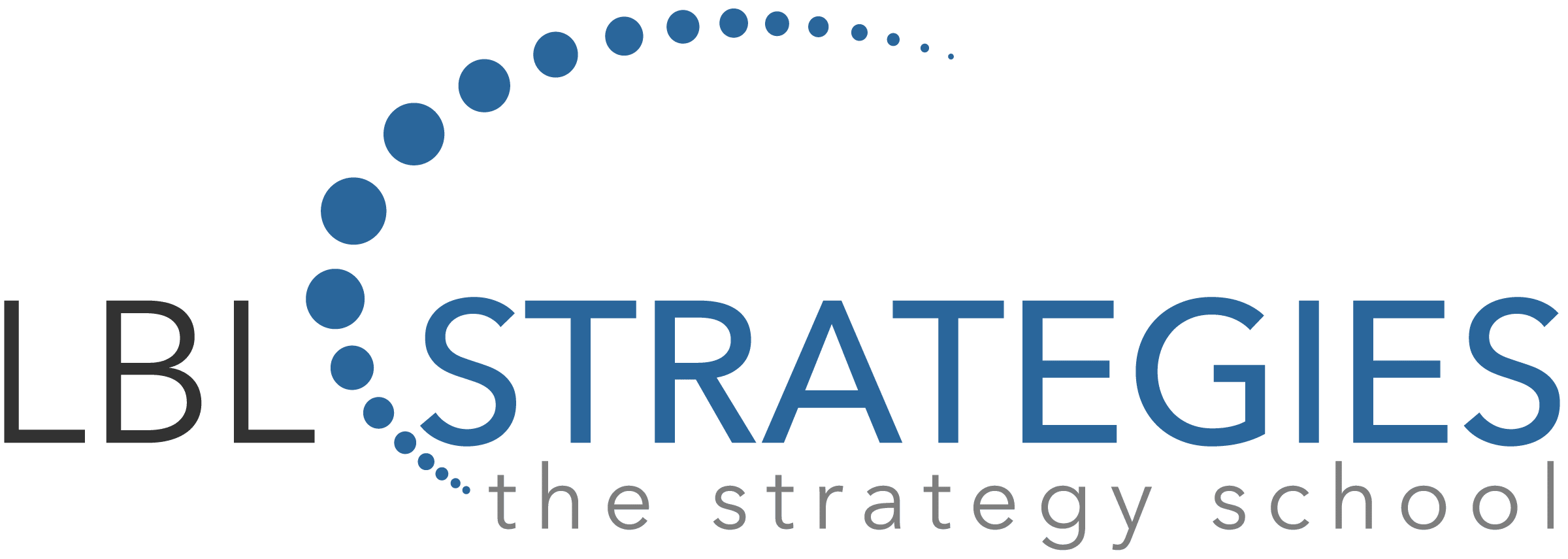The George Washington University – Center for Excellence in Public Leadership’s program offering “Mastering Adaptive Organizational Design Certification” provides me, as a member of the instruction team, the opportunity to blog about major disruptions in the field of organization design. For more than a decade, practitioners have wrestled between the polarities of the tried and true versus the emergent. With this program, we developed a way to manage the shift rather than pick sides. We do that by moving from the linear approaches coined as “flatlander” or one-dimensional by Ken Wilber, into the new dynamic and multidimensional agile world of design thinking. And our agile approach is anchored on a solid multi-disciplinary foundation that works eloquently in the complexity and volatility that all government organizations now face. The program is based on the book “Syngineering; Building Agility into Any Organization,” which I co-authored with colleagues Monique Carnino and Rich Thayer. It is offered to those enrolled and will be available to the public in June of 2021. Rich, Jim Stockmal and I are delighted to be delivering the training.
In this, my first in a series of blogs, I will take a moment to provide a snapshot of what else distinguishes what we are calling “Syngineering.” It integrates two key Gestalt principles, Sensing, and Cycle of Experience to organically build agility into an organization’s DNA throughout the design process. It leverages high team and group engagement to tap into the Synergy missing from more mechanistic or prescriptive methods. Finally, the foundation of contingency theory and adaptive processes supports a Tailored outcome for every effort, rather than “one size fits all”. Alas, let me not get ahead of myself.
Let’s back up and start with the elephant in the room: why do government change efforts fail so frequently? The reasons are often the reasons we get called in as well as the barriers for good design work. One only has to google “why public sector change fails” to find a plethora of reasons. Once you get a sense of why they failed, the critical take-away is: “Will this inquiry about the dynamics of failure dynamics help me deliver change or redesign work more effectively, or are they merely False Flags?”
Here are my Favorite Figural Flags of Failure (What are yours?):
- RISK AVERSION: The very nature of government generally creates disincentives to entrepreneurship and risk taking compared to their private counterparts. For example, when the Social Security administration moved from checks to digital deposit and the IRS automated tax filing, the vast majority of Americans were delighted with both. That said, a small number of vocal citizens complained to Congress and rather than celebrate the innovation both organizations were forced to absorb costly duplicate processing costs which stressed agency budgets and personnel. Likewise, improving efficiency is inadvertently discouraged because the reward is a reduced budget in the following year. At one point the Canadian government changed this to allow agencies to keep a percentage of the savings.
- SHORT TERM POLITICAL MANDATES: Every four years there is the potential for national politics to shift. When that happens, does the proverbial baby get thrown out with the bath water? The first Bush administration instituted “Total Quality Management”, hailing it as the ultimate paradigm shift, i.e., the public as Customers! Clinton threw that out for “Reinventing Government,” and for the first time in 200 years government employees were broadly engaged in determining how to make government “work better and cost less” (and boy did they!). Then the second Bush administration threw that out for nothing discernable, followed by the Obama administration taking up the mantle for digital government which the Trump administration threw out in favor of dismantling government. And against this backdrop of change, the churn for federal political employees has been estimated at 18 months. These positions require congressional action and so there are also long periods of people in “acting” roles, and who are not often willing or able to act. This revolving door contradicts what Edward Deming identified as the essential determinant in change leadership, namely: “Constancy of Purpose.”
- DIFFICULT COLLABORATION: Public sector change is more complicated than in the commercial sector because it requires influencing rather than directing change across multiple agencies, whereas in their corporate counterparts more are likely given direct authority. National issues such as terrorism, poverty, health, education, etc., require collaboration across multiple agencies without have directed mandates. Centralized and autonomous personnel systems means operating agencies must persuade them to make important changes in incentives or hiring practices when changing context demand it. From a design perspective, this is the tail wagging the dog.
- THE LEADERSHIP NORM IS NOT INNOVATION: The evidence is clear that successful government change requires great individual commitment and personal courage in order to navigate the constraints and inherent risks. We have exceptions. Michelle Rhee, the first Chancellor for the District of Columbia, was one of those leaders. As chancellor, she told staff, teachers, unions, and the parents that she would give everyone a chance, but that she would not suffer anyone who could not or would not improve student education. Chancellor Rhee tirelessly and deftly engaged parents at every school in District, explaining with candor and authenticity the tough decisions she would make to improve educational outcomes including getting rid of poor performing staff or close unnecessary schools. She did both, including firing a significant chunk central staff and 241 teachers because they didn’t meet those requirements. As a visible role model spending approximately 75% of her time on restructuring the education system, Rhee had the courage to challenge long-established assumptions and convention champion dramatic change.
Alas, as interesting as all of these problems, are, I believe at least three out of these are “False Flags” that could distract a practitioner of organization design if not understood in proper context. And in the “Mastering Adaptive Organizational Design Certification” Program and here in future instruction team blogs, you will learn and come to understand why.
About the Author
Bill Zybach is a member of the instruction team for the “Mastering Agile Organizational Design Certification” Program. He has a long history of supporting organizational change in local, state and the federal government. During the Bill Clinton administration, he worked on “reinventing government”, which led to a balanced federal budget and increased public confidence in government. He helped build state level agencies in Washington DC to support its ongoing statehood drive. For nine years he sat, on the board of the international Organization Design Forum, is an Agile practitioner, and co-founder of the Africa Organization Design Forum.
About the Program

Developed in collaboration with the George Washington University’s Center for Excellence in Public Leadership is located in the College of Professional Studies, the “Mastering Agile Organizational Design Certification” gives professionals the tools to push their organizations to be more agile, adaptive and responsive.
Over six (6) half-day sessions of live-online interactive instruction including breakout groups and application exercises, program participants learn how to anticipate and overcome changing landscapes and unforeseen obstacles by leveraging innovation, collaboration, and systems integration with continuous feedback loops.
CLICK HERE to Learn More about the Mastering Organizational Design certification program
